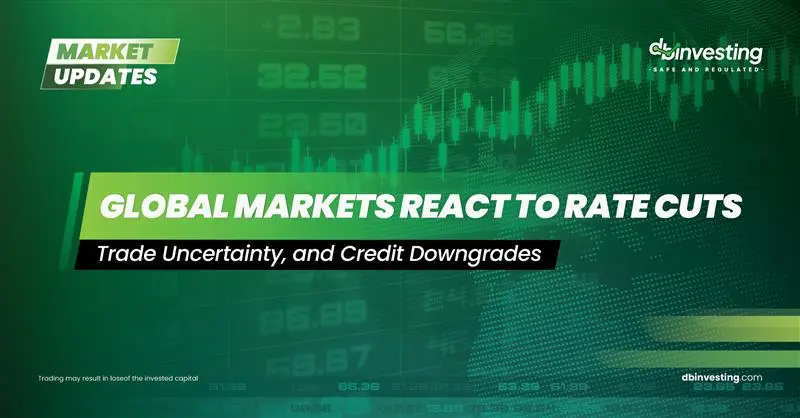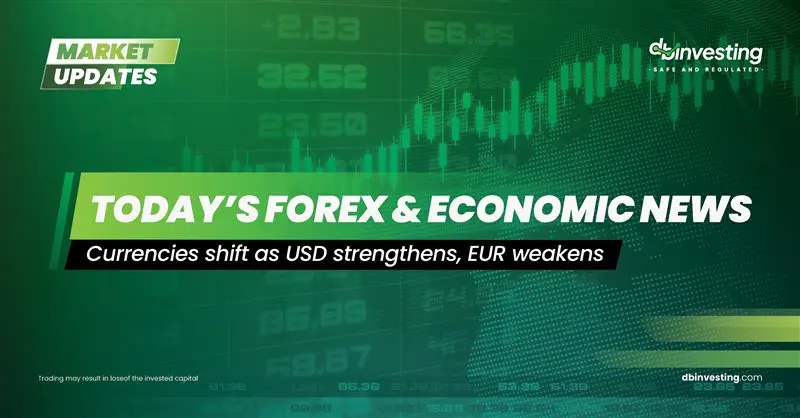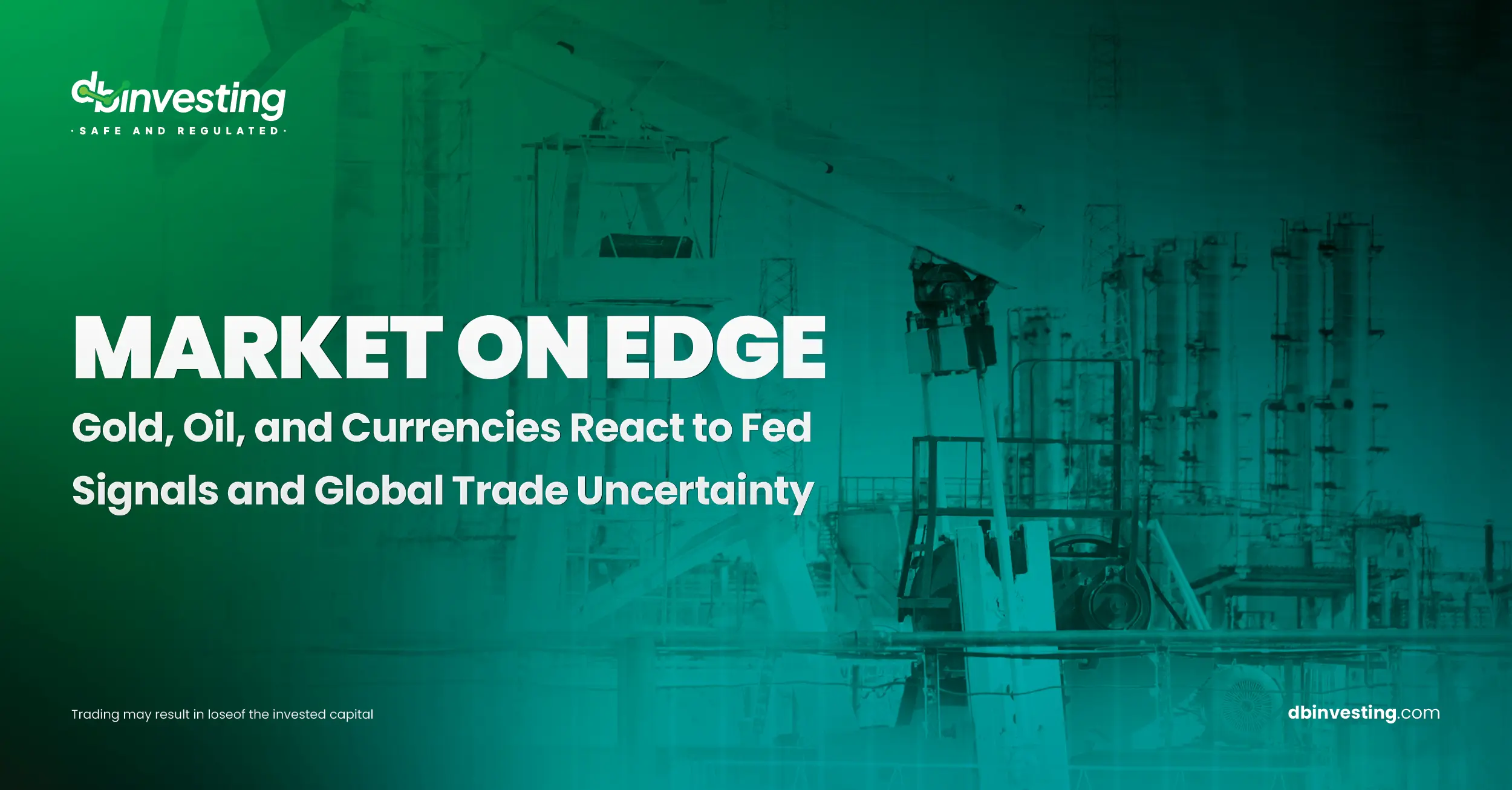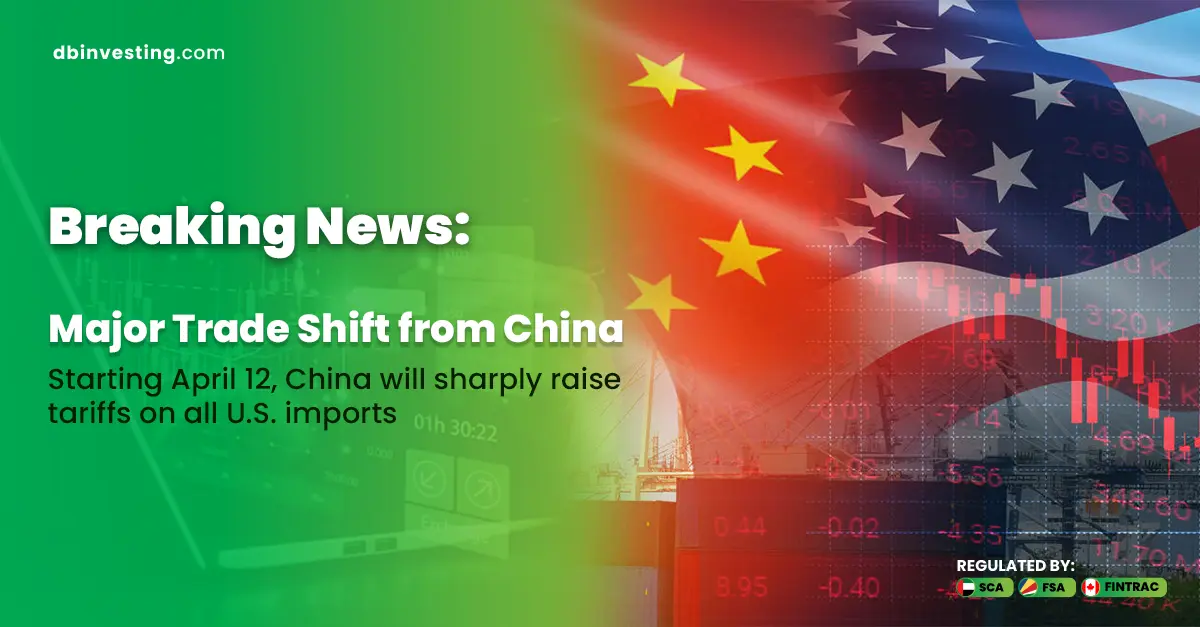As we enter the second quarter of 2025, traders and investors are closely watching several economic indicators that will shape global markets. From inflation reports to interest rate decisions, understanding these indicators is essential for making informed trading decisions. Here’s a look at the most important economic events and data points to watch between April and June 2025.
1. Central Bank Decisions: Federal Reserve, ECB, and BoE
Central banks play a major role in market movements, especially in uncertain economic conditions. In Q2, traders will be focused on interest rate decisions from:
- The Federal Reserve (Fed): Will the Fed pause, hike, or cut rates as inflation trends shift?
- The European Central Bank (ECB): Investors are watching to see if the ECB will follow the Fed’s lead or take a different path.
- The Bank of England (BoE): With the UK economy facing inflationary pressures, will the BoE maintain its tight monetary policy?
Why It Matters:
Interest rate changes affect currencies, bonds, stocks, and commodities, making these decisions crucial for traders in forex, indices, and commodities markets.
2. Inflation Reports (CPI and PPI Data)
Inflation continues to be a key driver of global financial markets. The Consumer Price Index (CPI) and Producer Price Index (PPI) provide insights into price trends and the cost of goods and services.
- Higher-than-expected inflation may push central banks to maintain or increase interest rates.
- Lower inflation could lead to rate cuts and increased market liquidity, boosting stocks and risk assets.
Why It Matters:
Forex traders, equity investors, and commodities traders monitor these reports to anticipate potential market volatility.
3. US Non-Farm Payrolls (NFP) and Employment Data
The US jobs report is one of the most influential economic indicators. Published on the first Friday of every month, the NFP report provides insights into:
- Job creation and unemployment rates
- Wage growth and labor market strength
Why It Matters:
A strong jobs report signals economic resilience and may push the Fed to keep rates high, strengthening the USD. A weaker report could increase expectations of rate cuts, weakening the USD and boosting risk assets like stocks and gold.
4. GDP Growth Reports
Gross Domestic Product (GDP) measures the overall economic performance of a country. In Q2, markets will be watching GDP data from:
- The US: A strong GDP growth rate could support the Fed’s stance on interest rates.
- The Eurozone: Slow growth could pressure the ECB to shift its monetary policy.
- China: As a global economic driver, China’s GDP figures impact global stock markets and commodities like oil and metals.
Why It Matters:
A strong GDP report can support equities and currencies, while weak data can trigger risk-off sentiment, benefiting safe-haven assets like gold and the US dollar.
5. Oil Prices and OPEC+ Decisions
Oil prices remain a major factor in global economic stability. OPEC+ meetings in Q2 2025 will determine production levels, influencing supply, demand, and global energy prices.
- Supply cuts may push oil prices higher, benefiting oil-producing economies.
- Increased production could lower prices, impacting inflation and consumer spending.
Why It Matters:
Higher oil prices tend to increase inflation and impact sectors like airlines, transportation, and energy stocks, while lower prices can reduce inflationary pressures and support economic growth.
Conclusion: Why Traders Need to Stay Informed
The second quarter of 2025 presents a dynamic trading environment influenced by central bank policies, inflation trends, employment data, GDP growth, and oil prices. By staying informed about these key economic indicators, traders can make better decisions, anticipate market trends, and manage risks effectively.
At DB Investing, we provide real-time market insights and expert analysis to help traders navigate these economic shifts. Stay ahead of the markets by following our updates and leveraging our trading tools.







